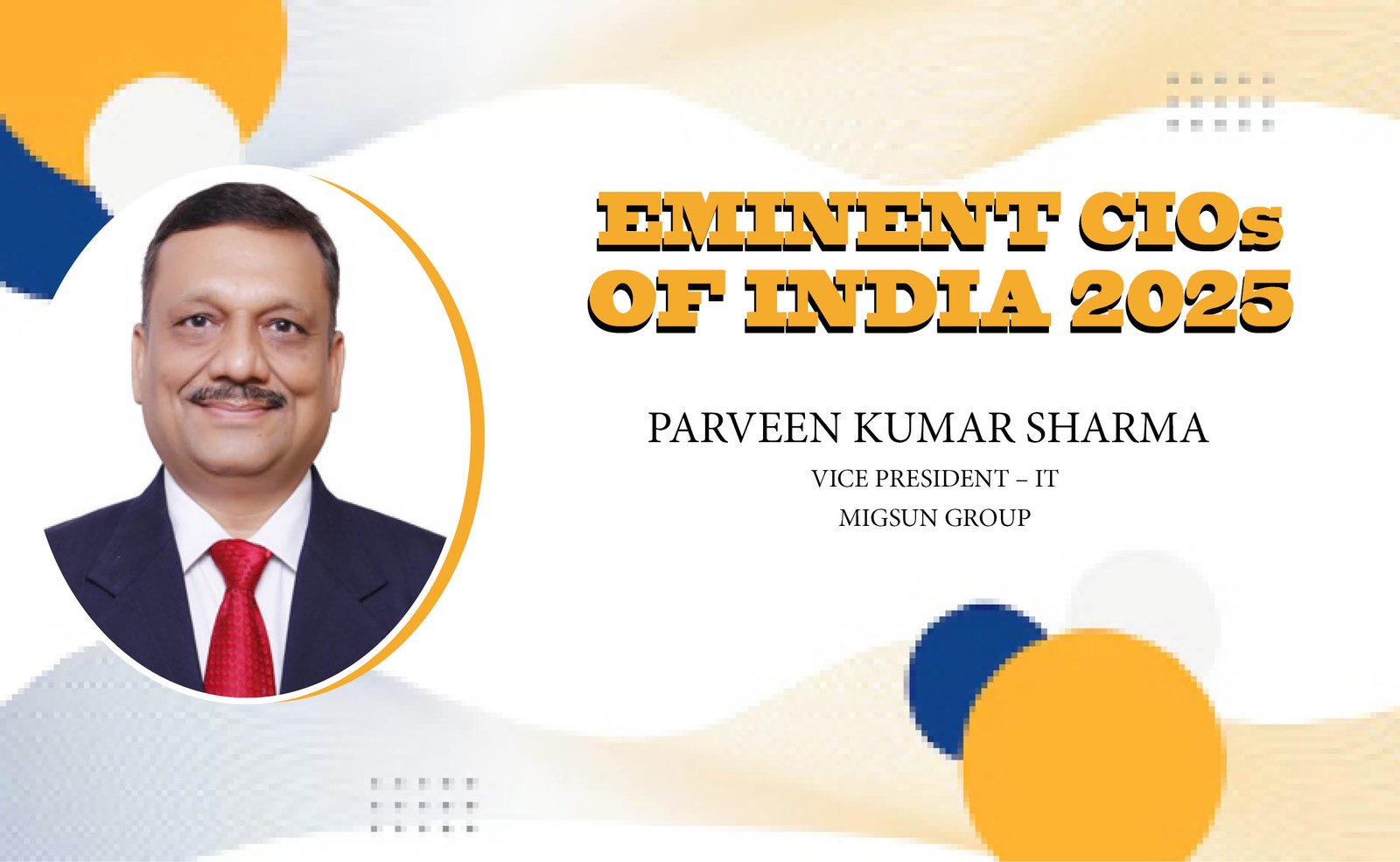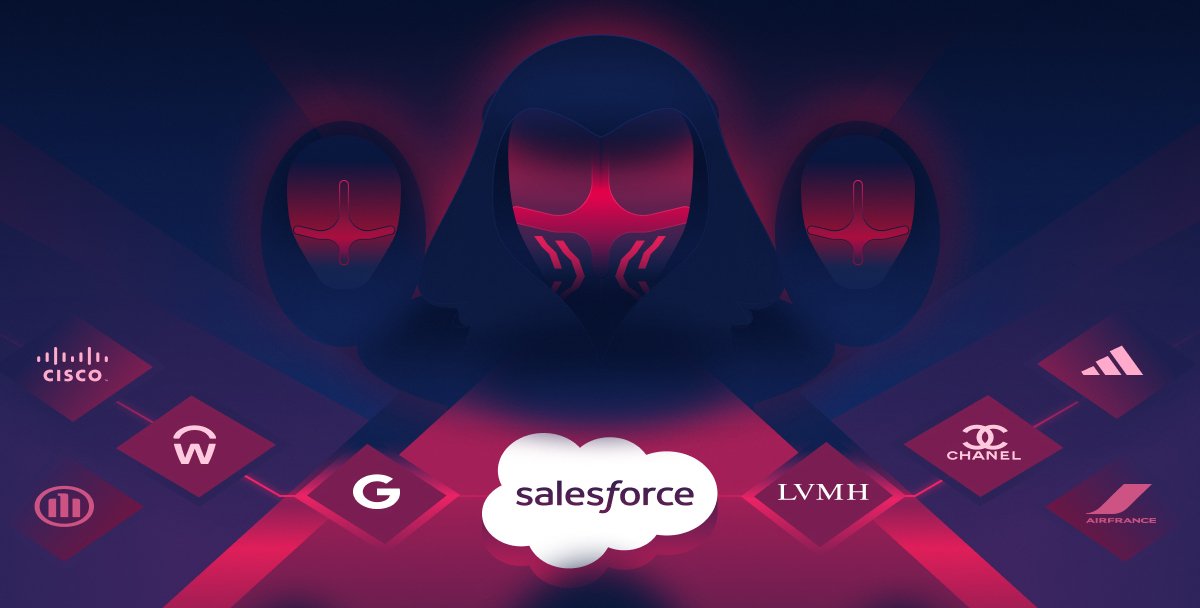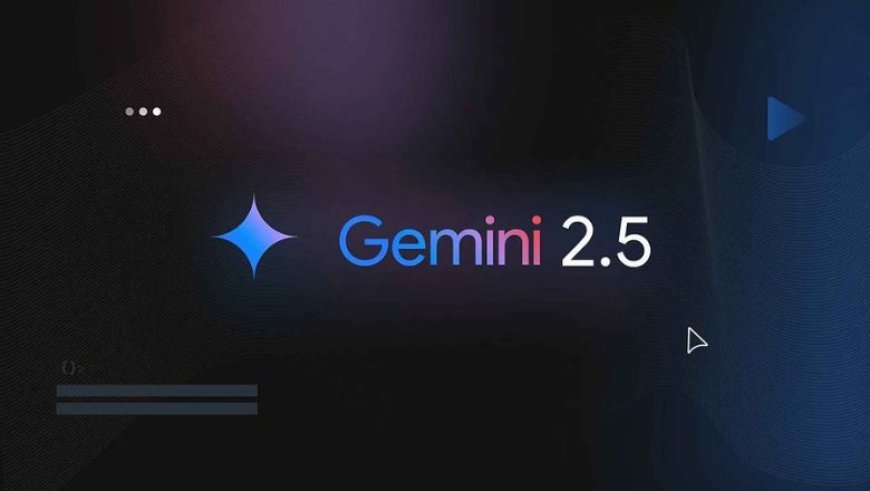Parveen Kumar Sharma, Vice President – IT, MIGSUN GROUP
The IT landscape is driven by automation, AI, and innovation. Generative AI boosts decision-making and personalization, while RPA and low-code platforms power autonomous operations. Edge computing with IoT reduces latency by processing data locally. Cybersecurity adopts Zero Trust Security for continuous authentication. Enterprises embrace multi-cloud and hybrid strategies for resilience. Quantum computing emerges for complex tasks, and immersive technologies like AR and VR enhance training, remote collaboration, and user engagement across industries.
The Evolving Role of the CIO
The Chief Information Officer (CIO) has transformed from a traditional IT manager into a strategic business enabler. CIOs align technology with business objectives, drive digital transformation using AI and cloud, and foster innovation to gain competitive advantage. They also focus on enhancing customer experience with personalized digital solutions and lead cybersecurity and risk management efforts. CIOs collaborate closely with CEOs, CFOs, and CMOs, integrating technology into broader corporate strategies while championing workforce transformation through digital upskilling and hybrid work models.
Advanced Security Measures
Cybersecurity is now a strategic priority, starting with leadership commitment and extending to continuous employee training, phishing simulations, and incident response drills. Organizations enforce Zero Trust models, multi-factor authentication, and least-privilege access while promoting a non-punitive reporting culture. Robust security is maintained through continuous monitoring, regular audits, and adaptability to emerging threats. Advanced technologies like AI-powered threat detection, SOAR tools, and AI-driven cloud security management accelerate threat mitigation. Endpoint Detection and Response (EDR/XDR), behavioral analytics, and 24/7 AI-enabled Security Operations Centers (SOCs) further strengthen defenses against both external attacks and insider threats, ensuring comprehensive, real-time protection.
Distinct Leadership Roles in Technology and Security
◆ CIO: Aligns IT strategy with business growth and customer experience.
◆ CTO: Drives technology innovation, research, and product development.
◆ CISO: Leads cybersecurity, risk management, and threat mitigation.
◆ DPO: Oversees data protection, privacy compliance, and ethical AI use.
While CIOs, CTOs, or CISOs can technically serve as Data Protection Officers (DPOs), best practice recommends appointing an independent DPO. This ensures impartiality and focused attention on data privacy, avoiding conflicts of interest inherent when combining roles with broader business or security responsibilities. Independent DPOs are crucial, especially in regulated industries, to maintain unbiased and effective privacy governance.






